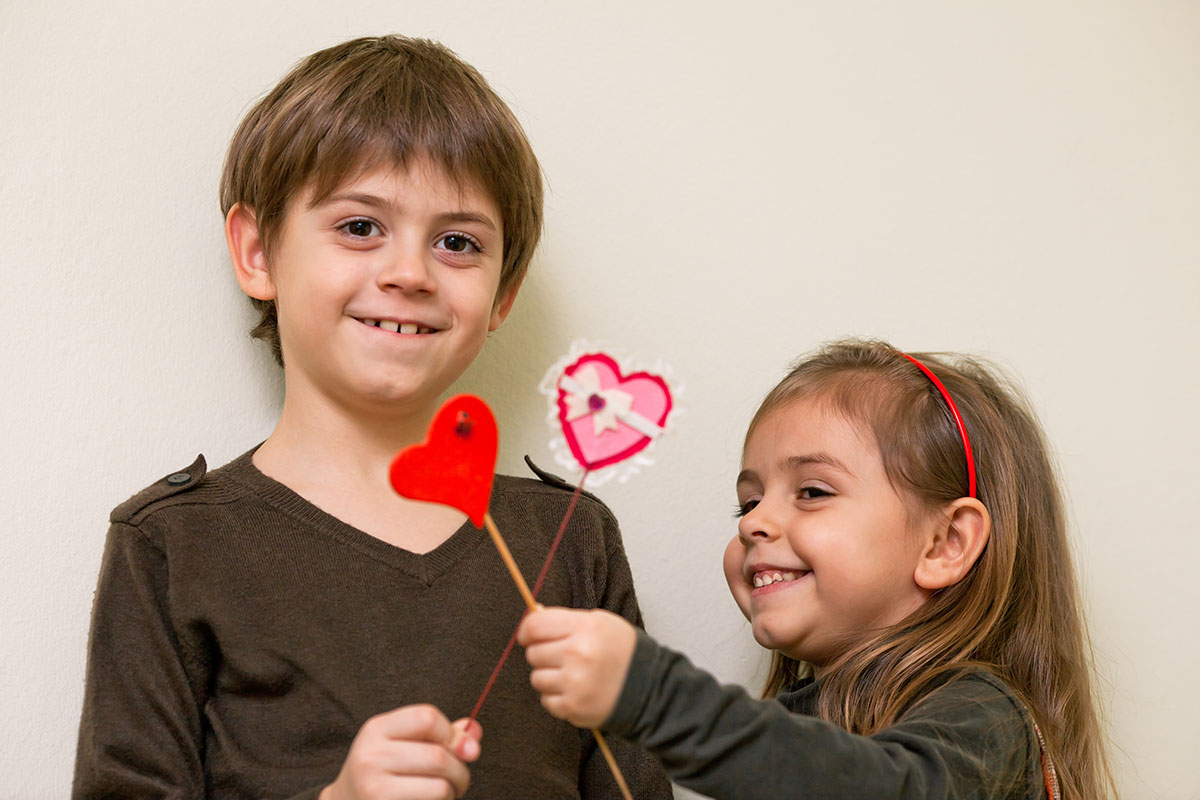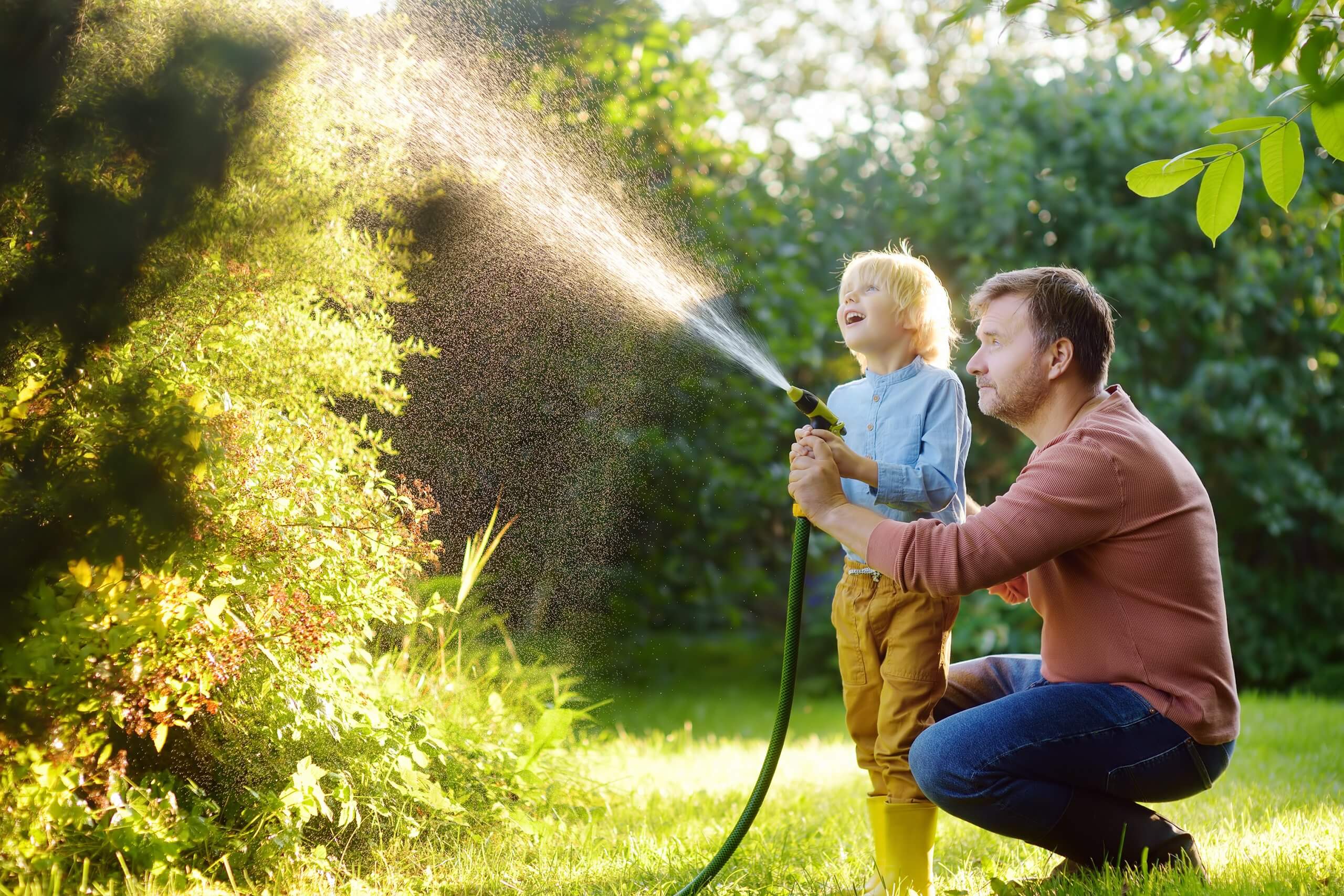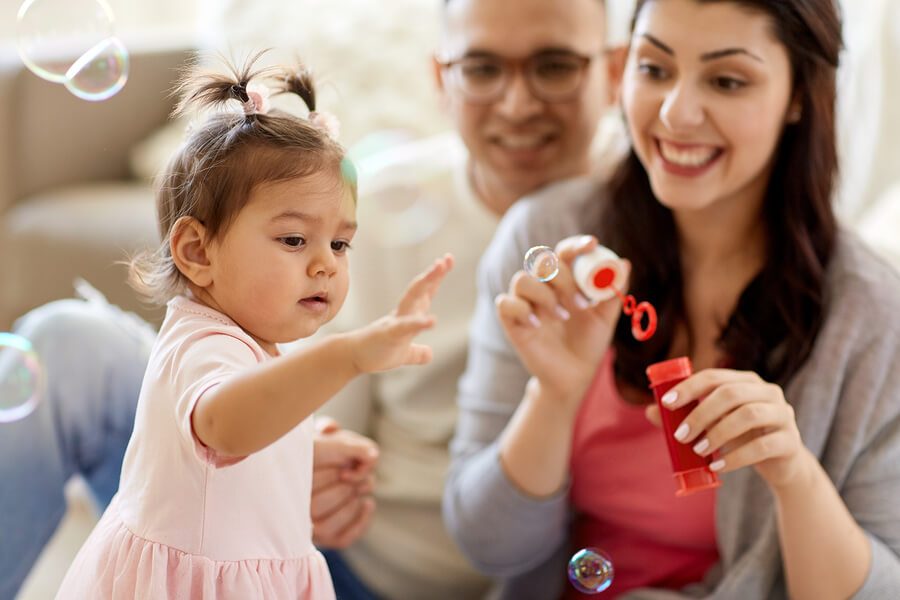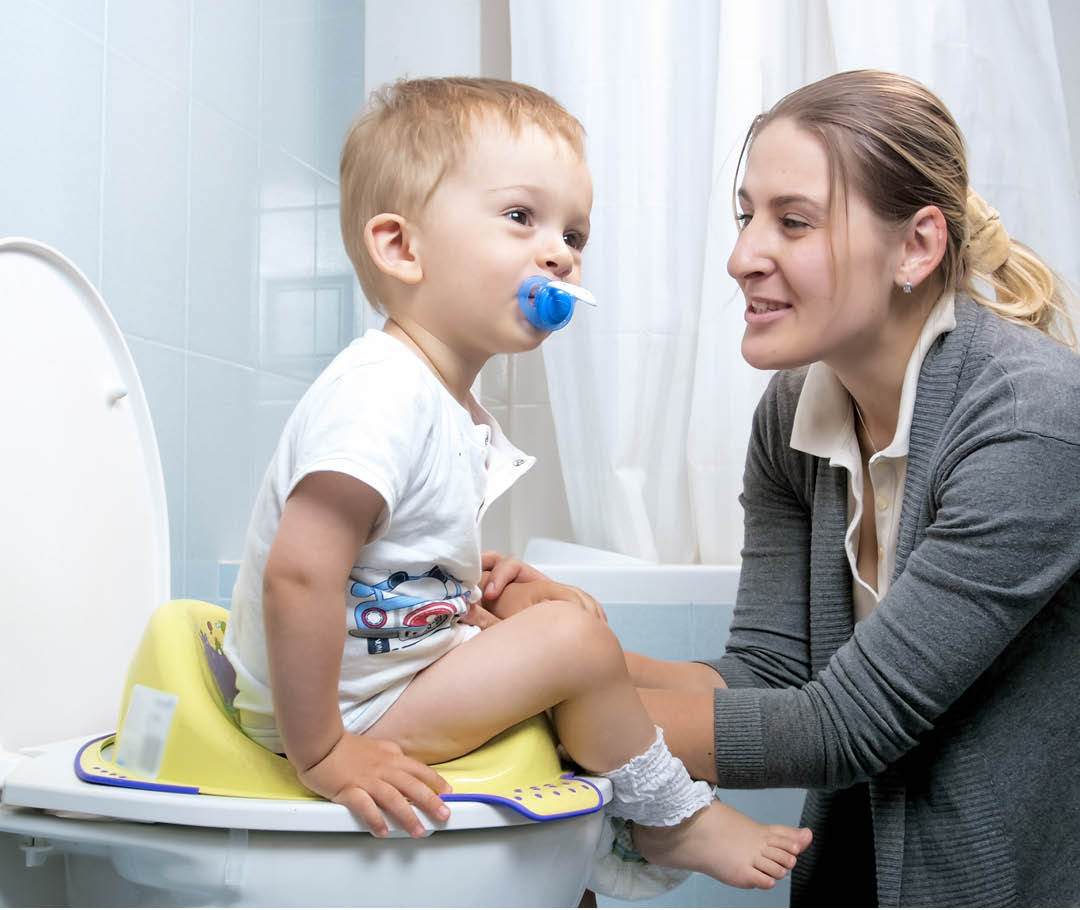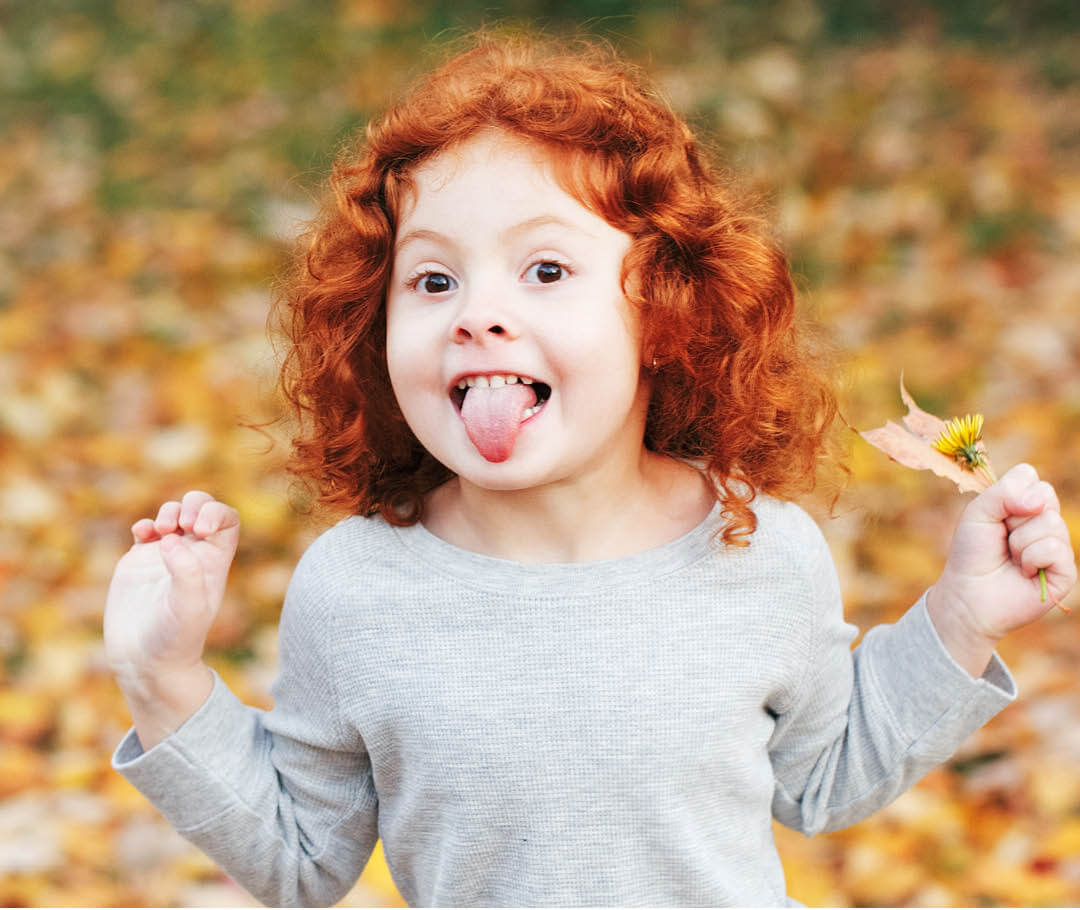by Elizabeth Jeffrey-Arceneaux, M.S., BCBA
Autism Spectrum Therapies (AST), Louisiana
With summer fast approaching, the increased time for preferred activities may be a point for joy and satisfaction, but this can also challenge parents as they attempt to transition kids from necessary tasks and activities. Most children, particularly those with autism, benefit from structure and routine in their schedule.
One of the reasons summer can create a challenge is that routines shift dramatically—or disappear altogether. This is further exasperated by the changing protocols of the pandemic, where we wear masks and stand six feet apart one day, only to loosen the mask mandate and stand three feet apart the next.
There are things you can do, however, to ease this transition and keep your child engaged this summer. Consider these five tips:
Only Take On What You Can Manage
For starters, understand what will allow your child to thrive and what you, as a parent or caregiver, can manage. Professionally, I’ve spoken to many parents who feel tired and frustrated—mostly due to their tendency to take on more than they have the time and energy to manage.
While it’s important to provide opportunities for your child, be careful of overdoing it and creating stress for yourself—and the whole family. Strategize and play to your child’s strengths.
Prioritize Activities
To avoid taking on more than your family can handle, you first need to realize that you can’t do everything—and need to prioritize. Decide the three most important things to you, as a parent or caregiver who knows your child and family well, and plan around those goals. For example, your goals might be to increase education, family fun, and time outside.
With your top three priorities identified, seek out resources to meet those goals. For example, many states offer an extended school year (ESY) option for children with disabilities. This program varies across the United States but provides a way to maintain educational activities at no cost to parents and caregivers in the same school system your child normally attends. Another option might be increased therapy time.
Often, you can find fun things to do with your family by attending events in your city. Many cities, in fact, host particular days in which children with autism or sensory sensitivity are given priority. In Louisiana, where I live, zoos, libraries, and other places host sensory days. These can be a great introduction to new activities. It might take research and planning, but doing so can help your child and family cultivate a wider array of interests.
Spend Time Outdoors
As my colleague, Genevieve Marshall, recently discussed on our blog, time in nature is good for all of us, particularly kids with autism. In fact, many children with autism enjoy water play, which you can set up outdoors, even without access to a pool. Simply fill up bowls or an inflatable pool, and give your child a mix of cups and utensils to interact with water in various ways.

I keep a running list of outdoor sensory activities for my own children that includes:
- tinting water with food coloring
- mixing water with sand
- making mud pies
- drawing with sidewalk chalk
- collecting and painting rocks (or simply setting up an easel and paints outdoors)
- blowing bubbles (and making homemade bubbles)
- picking flowers or weeds
The list goes on. These activities engage children on a sensory level, while allowing kids to spend essential time outside.
Plan—But Plan Flexibly
Although it’s critical to plan as much as possible for summer, it’s also important to accept and expect that you will need to be flexible. Often, programs like ESY and accessible summer camps don’t last the entire day. You can fill in unstructured time by having a loose schedule in place anchored by sleep, snack, and highly preferred break activities. Consider, too, using a visual aid and timer as you transition between activities, and do your best to stay consistent (and flexible!) across days.
Acknowledge Differences
If you have more than one child, realize and expect that your children are different, and prepare accordingly. For example, I have two toddlers. My youngest, at age two, typically is a wild and reckless toddler who loves new things, fireworks, and getting dirty. At the beach, he holds his father’s hand and loves hearing the ocean and feeling it cover his feet. He doesn’t mind varied environments with different sounds and senses.
My oldest, now three, hates fireworks and covers her ears. All loud noises cause her distress, particularly when unexpected. She loves playing in the sand at the beach but cries that the ocean is too loud. She also hates and refuses to walk across reflective floors. Instead of forcing her to fall in line and like the same things her brother likes, I give her earphones and encourage her to enjoy things from afar. I accept and honor their differences.
As you gear up for what we anticipate will be a more relaxed, open summer than last year, due to the pandemic, keep in mind that planning, prioritizing, and concentrating on what matters most to you and your family are key. Remember, too, that your time and energy are limited. Resist the urge to overschedule your family, and know that downtime is good for us all.
For more tips on helping your child with transitions, read “Easing Your Child Back Into Life Post-Pandemic.”







